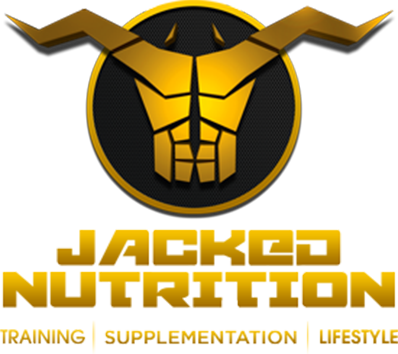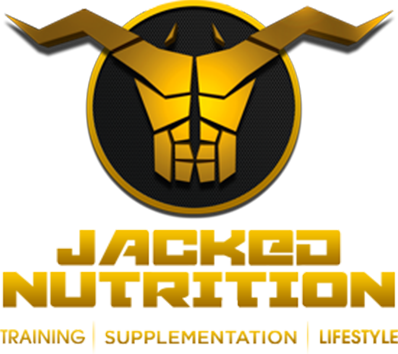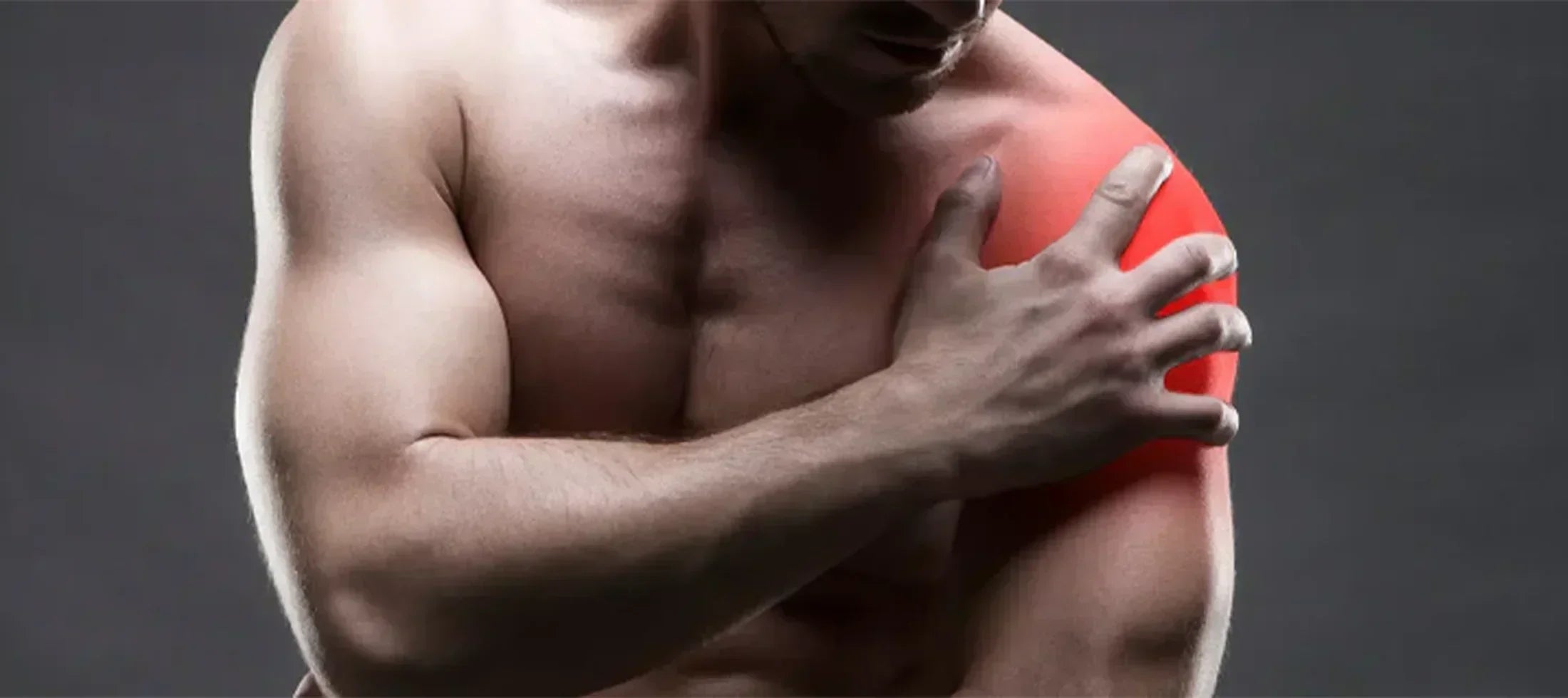Overview
Shoulder problems, causing pain, stiffness, and limitation in motion of shoulder, are the most common complaints by people. The shoulder is a junction where shoulder muscles are incorporated with ligaments and tendons. There are many reasons that cause shoulder problems, including muscle problems, overuse of muscles, joint dysfunctions, and bone problems like fractures due to injury. We will discuss 12 common shoulder problems and how to treat them.
Frozen Shoulder

Frozen shoulder leads to shoulder muscle pain, and stiffness leads to immobilization of the shoulder. Physical therapy is the primary treatment, focusing on shoulder mobility exercises to gradually increase the range of motion. It starts slow and suddenly you can’t reach behind your back without wincing.
- Treatment: Patience. Controlled stretching. It’s a slow process, but it moves.
- Prevention Tip: Don’t stop using the joint completely, mobility matters.
Shoulder Fractures
Fractures occur due to injury or fatal blow. Fractures usually involve the collarbone and upper arm bones. It can cause neck and shoulder muscle pain as well. For a full recovery, patients need rest, immobilization, and sometimes even surgery. It is caused due to Trauma from a fall or impact. Needs immediate attention.
- Treatment: Immobilize it. Then slow, guided recovery.
-
Prevention Tip: Stay on top of your nutrition, Vitabasic Multivitamin fills in the vitamin D and calcium gaps most people don’t even know they have.
Shoulder Impingement
Impingements' are the results of pressure exerted on soft tissues by shoulder blade, resulting in shoulder muscle pain. Rest, anti-inflammatory drugs, and physical therapy are all effective treatments for treatment of impingement. That annoying pinch when you raise your arm? That’s probably shoulder impingement.
-
Treatment: Loosen up the shoulder capsule, improve posture, maybe drop overhead pressing for a while.
- Prevention Tip: Stop hunching. Face pulls. Scapula control. You know the drill.
Bursitis

Bursitis means there's swelling in the bursae, which are fluid-filled sacs that act as padding for the shoulder joint, causing shoulder muscle strains. Feels hot, swollen, and painful. Overuse is the main cause, especially after sudden volume spikes.
-
Treatment: Ice. Rest. Don’t poke it.
- Prevention Tip: Stick to gradual progressions. Your shoulders don’t like surprises.
Rotator Cuff Tear
Rotator cuff tear involves a tear in the muscles and tendons surrounding the shoulder joint, resulting in pain in shoulder muscles and weakness. To treat rotator cuff tears, physical therapy followed by surgery is the primary treatment. Can be partial or full. Often show up as weakness more than pain.
-
Treatment: Sometimes rest works. Sometimes surgery is needed.
- Prevention Tip: Don’t overload the joint, especially during cheat reps.
Shoulder Arthritis
Arthritis or Osteoarthritis, can cause pain in shoulder muscles, while some people also have back and shoulder muscle pain. Rest, physical therapy and medication are the treatment plan for arthritis. Wear and tear, often age-related. Pain, stiffness, cracking sounds.
-
Treatment: Mobility work, anti-inflammatories, joint support supplements like Jacked Nutrition's Omega-3 Fish Oil to help cushion and protect.
- Prevention Tip: Keep moving. Gentle resistance work helps maintain range.
Tendonitis
Tendonitis is caused by inflammations in the tendons, resulting in shoulder muscle strains. It can be treated by rest, medication and physical therapy. Usually caused by doing too much, too fast. Especially with overhead pressing or throwing motions.
-
Treatment: Rest, ice, rehab bands, anti-inflammatories.
- Prevention tip: Don’t skip warm-ups. Focus on slow eccentrics, especially for external rotators.
Shoulder Dislocation
Shoulder dislocation occurs when the upper arm bone is forced out of the shoulder socket. It is important to seek medical treatment immediately to relocate the shoulder.
-
Treatment: Emergency reset, then rehab.
- Prevention Tip: Build up your stabilizers. That means the rotator cuff and scap work religiously.
Labral Tear
Labral Tear, is a cuff roof cartilage lining the shoulder socket, can tear due to injury or overuse. This condition may cause shoulder muscle strain and instability, Primary treatments include physical therapy and rest.
-
Treatment: Imaging + specialist advice. Rehab or surgery.
- Prevention Tip: Master your form. Check out Jacked’s guide on Correct Form and Technique in Exercise, it’s worth a read.
Thoracic Outlet Syndrome

Thoracic Outlet Syndrome results from the compression of the nerves or blood vessels in the neck and shoulder region, leading to neck and shoulder muscle pain. Pain may be managed with physical therapy, medication, or, in extreme situations, surgery.
Myofascial Pain Syndrome
Myofascial Pain Syndrome is another shoulder problem causing chronic pain in the shoulder muscles and connective tissues. Physical therapy, massage, and trigger point injections can help relieve pain.
Sprains and Strains
Sprains and strains involve ligament damage and pertain to muscle or tendon injuries resulting in back and shoulder muscle pain. Treatments could include resting the affected area, applying ice, and compressing it.
Final Thoughts
The shoulder is one of those joints you don’t think about until it starts messing everything up. The right rehab helps, but smart training and consistent recovery are what keep you in the game. You don’t need to overthink it. Just move well, eat smart, and take care of the little stuff before it becomes a big issue. And if it already is? Start fixing it. You’ll lift better for it.
FAQs
What is the most common cause of shoulder pain?
It’s usually rotator cuff overuse or impingement from bad posture or repetitive lifts.Poor form and skipping warm-ups just make it worse over time.
Can shoulder problems heal on their own?
Some minor issues improve with rest, mobility, and anti-inflammatories. But if pain sticks around for weeks, don’t wait, get it checked.
Is it okay to exercise with shoulder pain?
If it’s a mild ache, you can modify and train around it carefully. But sharp pain or weakness? Stop. Fix it before going heavy again.



Share:
Tips to a Faster Sprained Ankle Recovery
Physiotherapy: Complete Guide to Healing, Movement, and Long-Term Wellness